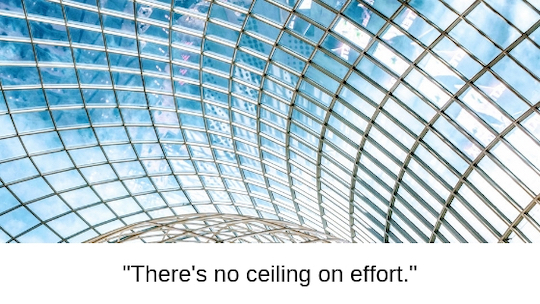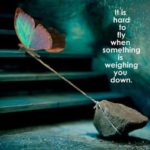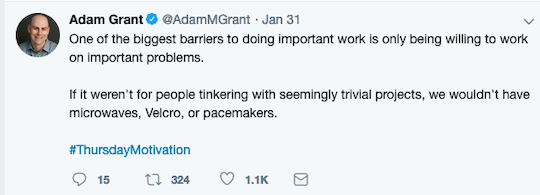“What do we live for, if it is not to make life less difficult for each other?”
—George Eliot, pen name of Mary Anne Evans, 19th Century English novelist

Image from Unsplash by Kat Yukawa
One of my most remarkable clients is the CEO of a local non-profit organization called Forgotten Harvest – the second largest food rescue organization in America. Last year, he and his team – and large numbers of volunteers – provided more than 40 millions pounds of food, valued at over 70 million dollars, to people in the community experiencing “food insecurity.”
Recently, he was interviewed on a top radio station in town about his work and the life journey that brought him to his role in this important organization.
Through this interview, I gained an even more vivid picture of his life and his fundamental purpose to make a positive difference in the lives of others within his communities.
EXERCISE:
What is your life purpose?
How do you currently contribute and make life less difficult for others?
What additional efforts can and will you take to more fully realize an even greater purpose with your life?













